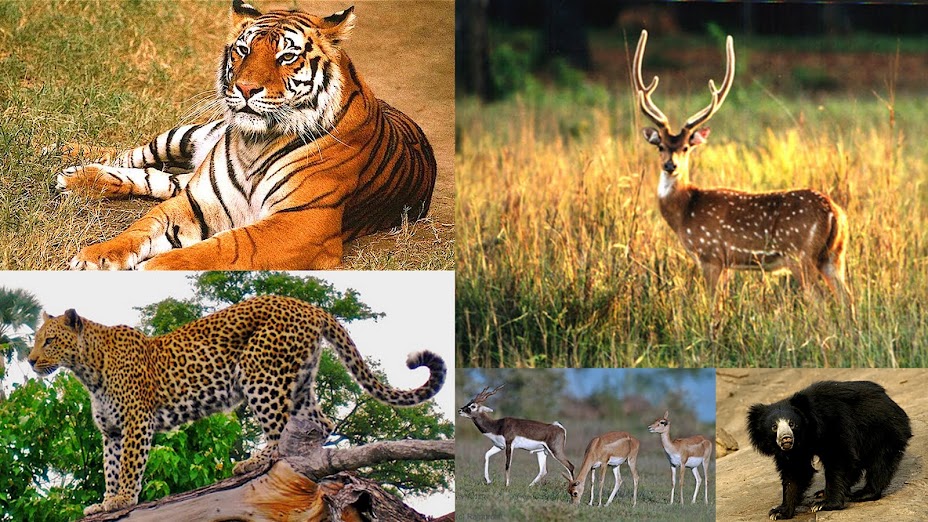Two Great Indian Bustard (GIB) (Ardeotis nigriceps) were sighted on Friday, foraging in a field in Chelugurki village, 25 km from Bellary, by budding naturalist Preeth Khona (17). It was Preeth’s lucky day as he spotted the birds, not while on a search mission, but while heading to Bangalore.
The news of fresh sighting of the Great Indian Bustard, which is critically endangered, has brought cheer to ornithologists, birdwatchers and wildlife activists.

Chellaguri is located 60 km south of Siruguppa taluk, where the bird was spotted in 2006 and sighted again in 2008. It was also found that they were breeding.
In addition to Siruguppa taluk, situated on the banks of the Tungabhadra in Bellary district, Bellary taluk has emerged as one among the few pockets in the country where the Great Indian Bustard survives.
Santosh Martin and Samad Kottur have been documenting and researching these birds since 2006, and Preeth, Shruthi Punyamurthy and Sunaina Martin are members of a search team that they lead.
The team had earlier combed Chelugurki village and had interacted with the residents while searching for the Great Indian Bustards and caracal (a cat species).
LAST SIGHTING
GIBs were last sighted in Chelugurki 10 years ago by Vijay Mohan Raj, Director, BRT Tiger Reserve. But after that, several searches did not yield any results. Mr. Martin, who is also District Wildlife warden, told The Hindu.
According to him, these birds migrate between the black buck habitats of Rollapadu and Adoni in Andhra Pradesh and Siruguppa, Chelugurki, Koppal, Gadag and Rannebennur in Karnataka. However, the Ranebennur Blackbuck Sanctuary has not had any sightings in the last 15 years.
“Karnataka has a good breeding population of GIBs and their conservation has to be taken up by the government. No significant effort has been made so far,” Mr. Martin said.
Courtesy:The Hindu









